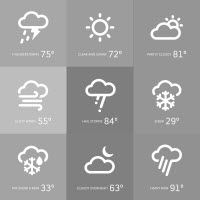PG&E’s Corporate Security department has received several reports in the past few weeks regarding scammers requesting payment on past due utility bills immediately using a Green Dot card, Money Pack or gift card. These most recent reports have come from across PG&E service area.
Another new trend that PG&E is seeing is that the scam is becoming more detailed. Scammers include specific names of customers, and in some cases, guessing general dollar amounts owed. They are also disguising their true phone numbers with a caller ID that says “PG&E” or “Pacific Gas & Electric.”
Other scam phone call tactics include:
- Notifying residents that they are eligible for a federal tax refund related to their utility bill;
- Trying to sell services related to solar evaluation; and
- Claiming to represent a PG&E initiative to sell a product in order to gain access to their home.
PG&E offers the following tips to help protect customers from all types of potential scams:
- PG&E will not ask for personal information or a credit card number over the phone. Anyone who has received such a phone call and provided credit card or checking account information should report it immediately to the credit card company or bank and law enforcement.
- Customers with concerns about the legitimacy of a call about a past due bill, service request or request for personal information are encouraged to call PG&E at 1-800-743-5000.
- Customers should always ask to see identification before allowing anyone claiming to be a PG&E representative inside their home. PG&E employees always carry their identification and are willing to show it to you.
- If a person claiming to be a PG&E employee has identification and you still feel uncomfortable, call PG&E’s customer service line at 1-800-743-5000 to verify an appointment and/or PG&E’s presence in the community. If you feel threatened in any way, notify local law enforcement immediately.
- Customers who have an appointment with PG&E will receive an automated call back within 48 hours prior to a scheduled visit, or a personal call from a PG&E gas service representative prior to a scheduled visit.
- If you feel threatened in any way, notify local law enforcement immediately.
PG&E takes security seriously and will actively work with law enforcement to help stop any scam victimizing customers. Anyone who has received such a call can report it immediately by calling PG&E at 1-800-743-5000 or visit www.pge.com/scams.
